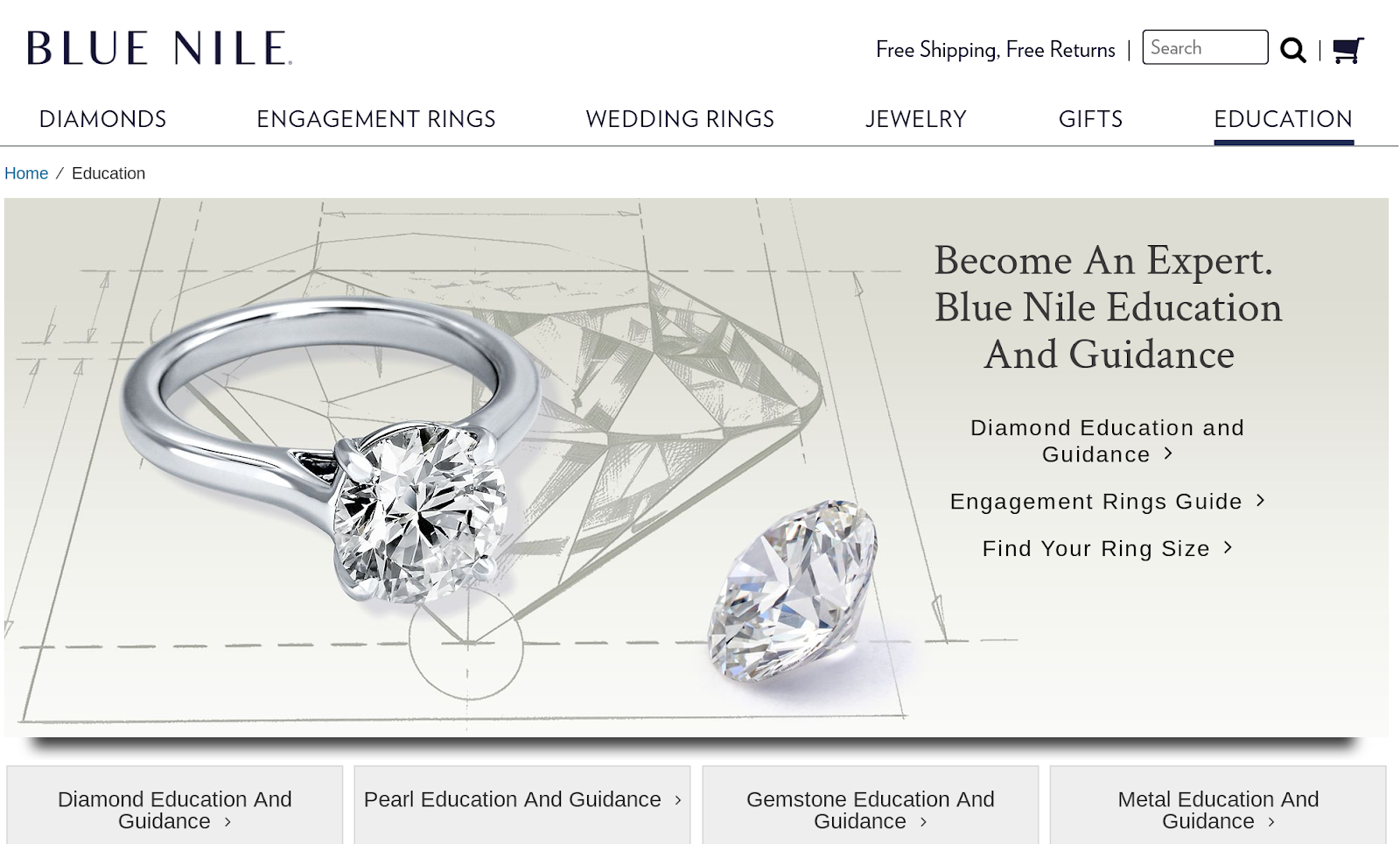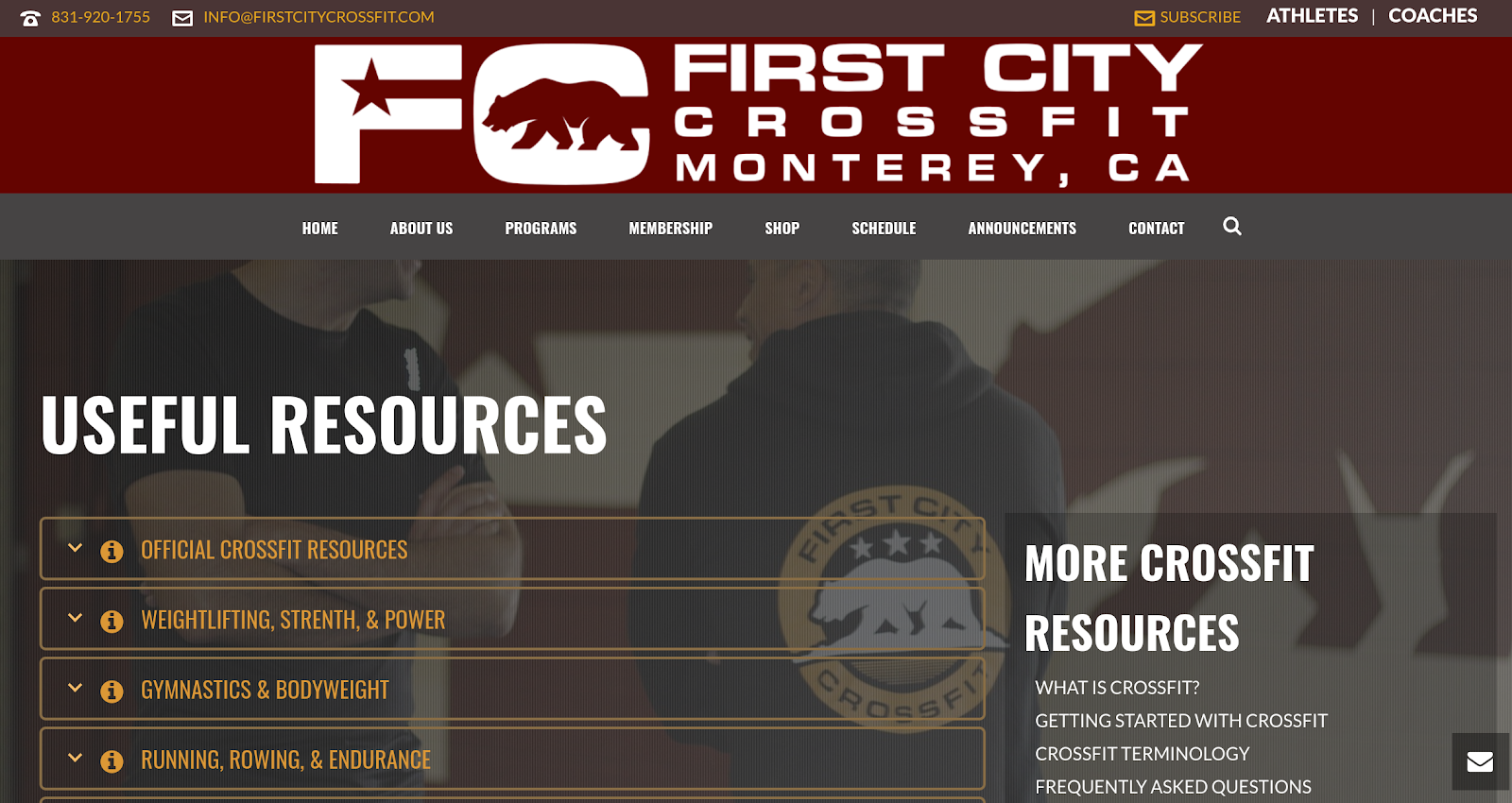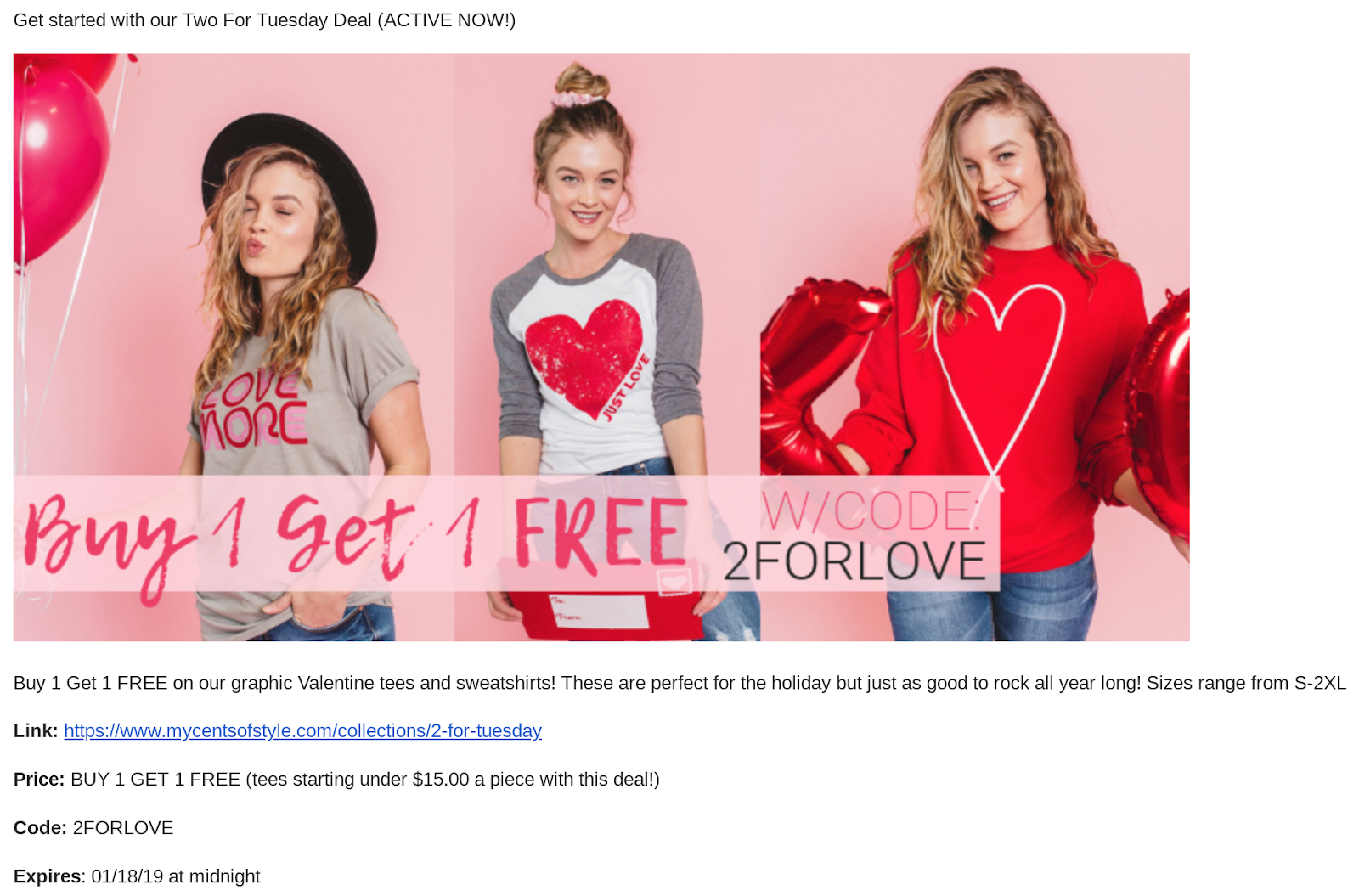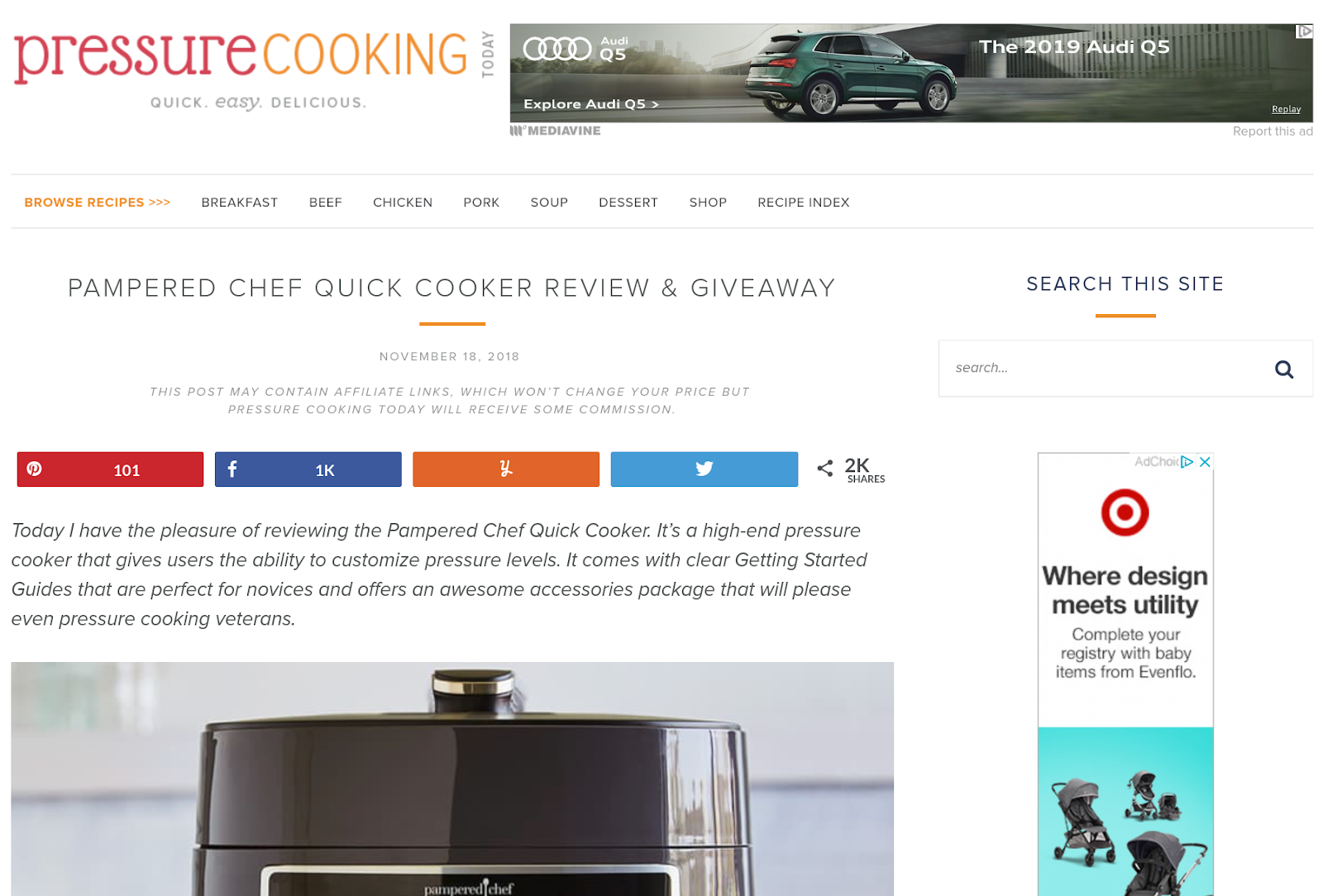As an ecommerce site, the goal is to drive links and traffic to your product pages, as those are the final step before a customer clicks “add to cart” and completes a purchase.
But creating valuable content and using other link building strategies can also help you convert users into customers.
Offering high-quality content to your audience and working closely with partners to share your products on blogs or online publications can help drive more sales with a long-term strategy.
The most successful ecommerce sites today don’t simply push out messaging that says “buy my product.”
They are publishing content that says, “come learn about my product and what it does so you can make an educated purchasing decision with someone reputable, like me.”
Today’s customers are looking for education and more information before they make a decision.
If you prioritize content creation and link building efforts to become that information resource, you will likely be rewarded with more links and better conversions.
Below are some of the ways to build worthwhile links through being a resource and trusted partner.
1. Offer an Education Section
People like seeing additional information on what they are looking for.
The web has enabled us to become detailed researchers when it comes to making purchasing decisions.
Offering advanced resources or an education guide on what you offer can be a big benefit.
Take, for instance, this educational section from online jewelry store Blue Nile.

Their “diamond education and guidance” section explains the different cuts and clarity levels of diamonds and other gemstones, which can help their customers understand justify the varying prices of jewelry.
Not only is this a valuable resource for external websites to link to (like wedding or fashion blogs), having educated customers in a high-value market may convince them to buy at a higher price point.
Other formats of research sections do extremely well for websites or publications that are facilitating their own research.
For instance, Stone Temple Consulting has an “Insights” section on their website that includes all their proprietary research on voice search, featured snippets, and more.
Not only are they providing a worthwhile resource to link to, but they are also setting themselves up as credible thought leaders in their industry.

Think about it: if you were a provider going to buy any service, whether it’s digital marketing services or jewelry, which is more reputable? A website without an education section or one with it?
Customers are extremely likely to research a product online before they buy it both online or in-store. According to Bazaarvoice, 82% of shoppers research on their phone before making a purchase and 45% read reviews.
2. Get Featured in Resource Sections
Another helpful section of many websites for users is the Resources section, where websites list trusted providers that offer tangential services.
For instance, a Crossfit box (Crossfit gyms are called boxes) would likely link out to fitness-related resources, like Reebok’s Crossfit product line, an ecommerce store that sold weightlifting gloves, and a local massage therapist for soothing sore or tight muscles from workouts.
Getting a link to your education guides or products on other websites is a great way to build useful links.
Start by researching using Google or a content research tool like Clearscope or BuzzSumo (no affiliation).
Search for industry keywords + a word like “Resources” or “related products.”
Using our Crossfit example, here’s a box in California with a resources page:

After finding a website like this that is high quality, you can email them to offer your products as a resource to include.
You can use a template, but it’s highly recommended that each email is as customized as possible for a more personal touch.
Mentioning something you like about their website or offerings is a good way to break the ice. Just keep it genuine.
Spending the time to make this unique is worth the effort and much more likely to result in a link.
Besides offering your products as a recommended resource, if you have useful content you can recommend, try that approach as well.
Let’s say we launched a Crossfit podcast.
We can search for “crossfit podcast” and find round-up lists other blogs have created of available podcasts.
From there, we can email the creators asking for inclusion on their list.

If you have useful content, many websites or blogs will be happy to include you.
Just make sure you explain why it’s useful to their audience and keep your recommended content or product as specific as possible to theirs.
3. Offer Coupon Codes
Everyone likes a good deal, so use coupon codes as a strategic part of your marketing.
Just don’t make deals an integral part of your offering, or else sales may become dependent on customers who won’t buy unless there’s a discount.
Shopify recommends using coupon codes for seasonal holidays (like Valentine’s Day), customer appreciation (like your annual anniversary of being in business or the customer’s birthday), and to build new customer loyalty.
Experiment with the types of discounts offered to see what gets the most conversions.
For instance, a $500 discount on a computer “seems” bigger than a 25% discount, even though they are the same for a $2,000 computer, cites marketing professor and author Dr. Jonah Berger.
A/B test your types of discounts to know what is more appealing to your specific audience.
Coupon Codes + Affiliates
A women’s clothing boutique, Cents of Style, offers unique discount coupon codes and landing pages to its affiliates, who then add UTM codes to the end to get affiliate credit.
Not only do unique codes allow them to track the success of their affiliate program, but it also gives the affiliates incentive to share their products, because they know they are giving their users a discount, which makes them much more likely to buy.

If you have an affiliate program, consider offering unique discounts to them to share with their audiences, which feel more exclusive.
If they know they are getting discounts that aren’t available publicly on other platforms, they become more enticed to share.
Everyone likes being in the know!
You can also send notice of available coupon codes to code websites, like RetailMeNot, Honey, and Ebates.
These websites act as coupon code aggregators and many users search them first before making a purchase.
4. Give Away Free Products
Another incentivized way to get links to your website is through product giveaways.
These can be contests on your own website and social media or through influencers and mommy bloggers.
Giveaways were mentioned in one of my SEJ ThinkTank webinars because they have a good success rate.
It’s just important to give away the right prizes (things people would actually want) and have the right content and promotional strategy behind it.
Blogger Outreach
To run a giveaway with an influencer, you can use a tool like BuzzSumo to research bloggers that get a lot of social shares.
Just search for industry terms to get a list of popular articles about the topic. This can give you a jumping off point to research who you’d like to partner with.
Most bloggers and influencers have their own set of guidelines and rates for giveaways.
Some charge a fee on top of the giveaway, while others will take it for free. It usually depends on their own audience size and impact.
Ask for a media kit to get a bird’s eye view of a blog’s audience and from there, you can ask for partnership terms and rates.
Many bloggers enjoy doing giveaways because it also gives them a boost in engagement and traffic.
They usually combine it with a review of the business or product so users know what to expect and are more enticed to enter to win.
Here’s an example from a pressure cooking website:

For any content with a blogger or influencer, make sure they use UTM links for analytics tracking and give proper FTC disclosure.
By providing great value to your customers, you’ll not only end up bringing in more links but more sales and loyal customers as well.
Online users are always looking for the best deal or most information, so being a high-quality resource that offers affordable options for customers can help your ecommerce website grow and flourish.
